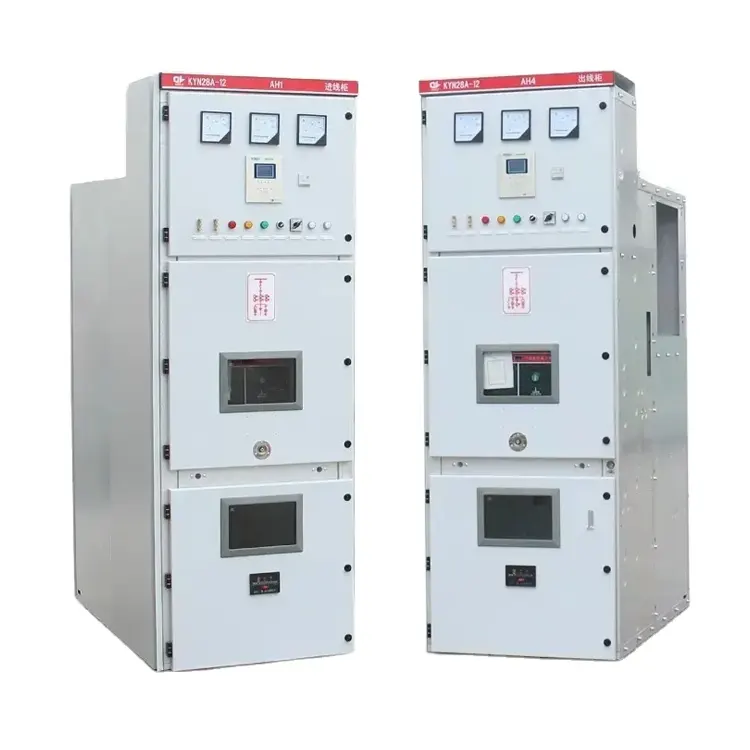Introduction to the Digital Development of Middle Voltage Switchgear
2025-09-17
The electrical distribution industry is undergoing a significant transformation, driven by digitalization. Middle Voltage Switchgear, a critical component in power networks, is at the forefront of this evolution. Modern digital Middle Voltage Switchgear integrates advanced monitoring, communication, and control capabilities, enhancing reliability, safety, and operational efficiency. This article explores the key technical parameters and features defining the next generation of these systems.
Core Digital Features
Today’s digital Middle Voltage Switchgear is equipped with an array of smart features:
-
Integrated Sensors: Continuously monitor key parameters like current, voltage, temperature, and contact wear.
-
Intelligent Electronic Devices (IEDs): Act as local controllers for protection, control, and metering functions.
-
Digital Communication Protocols: Support standard protocols (IEC 61850, Modbus) for seamless integration into SCADA and Energy Management Systems.
-
Condition-Based Monitoring: Enables predictive maintenance by analyzing real-time data to forecast potential failures.
-
Remote Operation and Control: Allows operators to open/close breakers and configure settings from a safe, centralized location.
Technical Parameters at a Glance
The performance of any Middle Voltage Switchgear is defined by its core electrical and mechanical parameters. The following table outlines standard specifications for a typical digital secondary distribution switchgear unit.
Table: Standard Technical Parameters for Digital Middle Voltage Switchgear
| Parameter Category | Specification | Notes |
|---|---|---|
| Rated Voltage | 12 kV / 17.5 kV / 24 kV | Standard values for medium voltage applications. |
| Rated Frequency | 50 Hz / 60 Hz | Dependent on regional grid standards. |
| Rated Normal Current | 630 A, 1250 A, 2500 A | Common ratings for feeder and incoming circuits. |
| Rated Short-Time Withstand Current (Icw) | 25 kA / 31.5 kA / 40 kA (3 sec) | Measures ability to withstand short-circuit currents. |
| Rated Breaking Current | 25 kA / 31.5 kA / 40 kA | The maximum fault current the breaker can interrupt. |
| Insulation Level |
Power Frequency: 28 kV / 38 kV / 50 kV Lightning Impulse: 75 kV / 95 kV / 125 kV |
Values correspond to 12kV, 24kV, and 36kV ratings. |
| Protection Degree (Enclosure) |
IP4X (Internal compartment) IP2X (External surface) |
Ensures safety against contact with live parts and foreign bodies. |
| Communication Interface | Ethernet, Fiber-Optic | Supports IEC 61850 station bus and process bus communication. |
Benefits of the Digital Shift
Adopting digitally enhanced switchgear offers substantial advantages. Operational efficiency improves through automated processes and reduced need for manual inspections. Safety is increased for personnel, as many operations can be performed remotely, minimizing exposure to live parts. Furthermore, the shift from preventive to predictive maintenance minimizes unplanned downtime and extends the asset's lifecycle, providing a strong return on investment.
In conclusion, the digital development of Middle Voltage Switchgear is not merely an upgrade but a complete redefinition of its role in the power grid. By understanding these parameters and features, utilities and industrial operators can make informed decisions to build more resilient and intelligent electrical infrastructures.
If you are very interested in our company's products or have any questions, please feel free to contact us.



